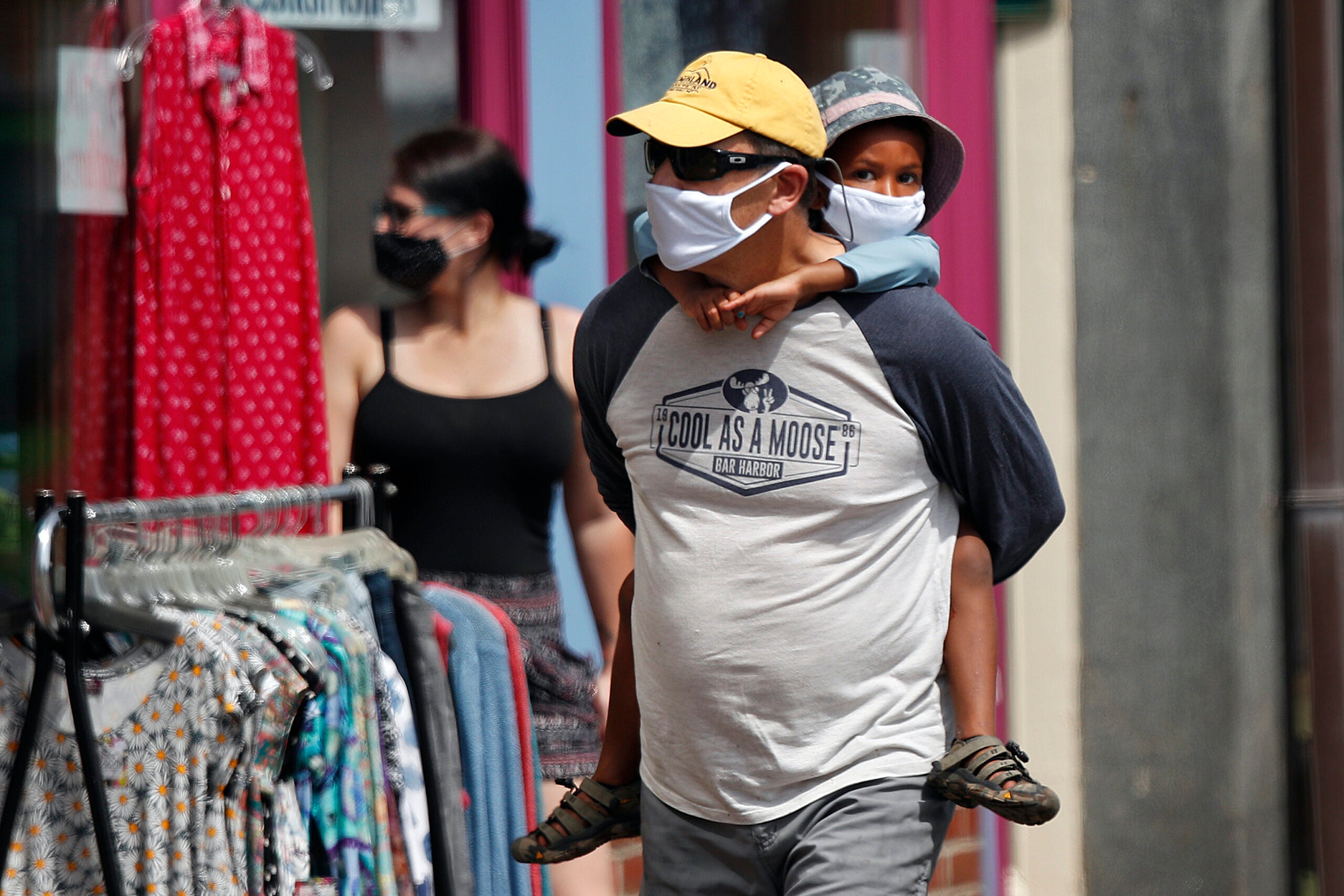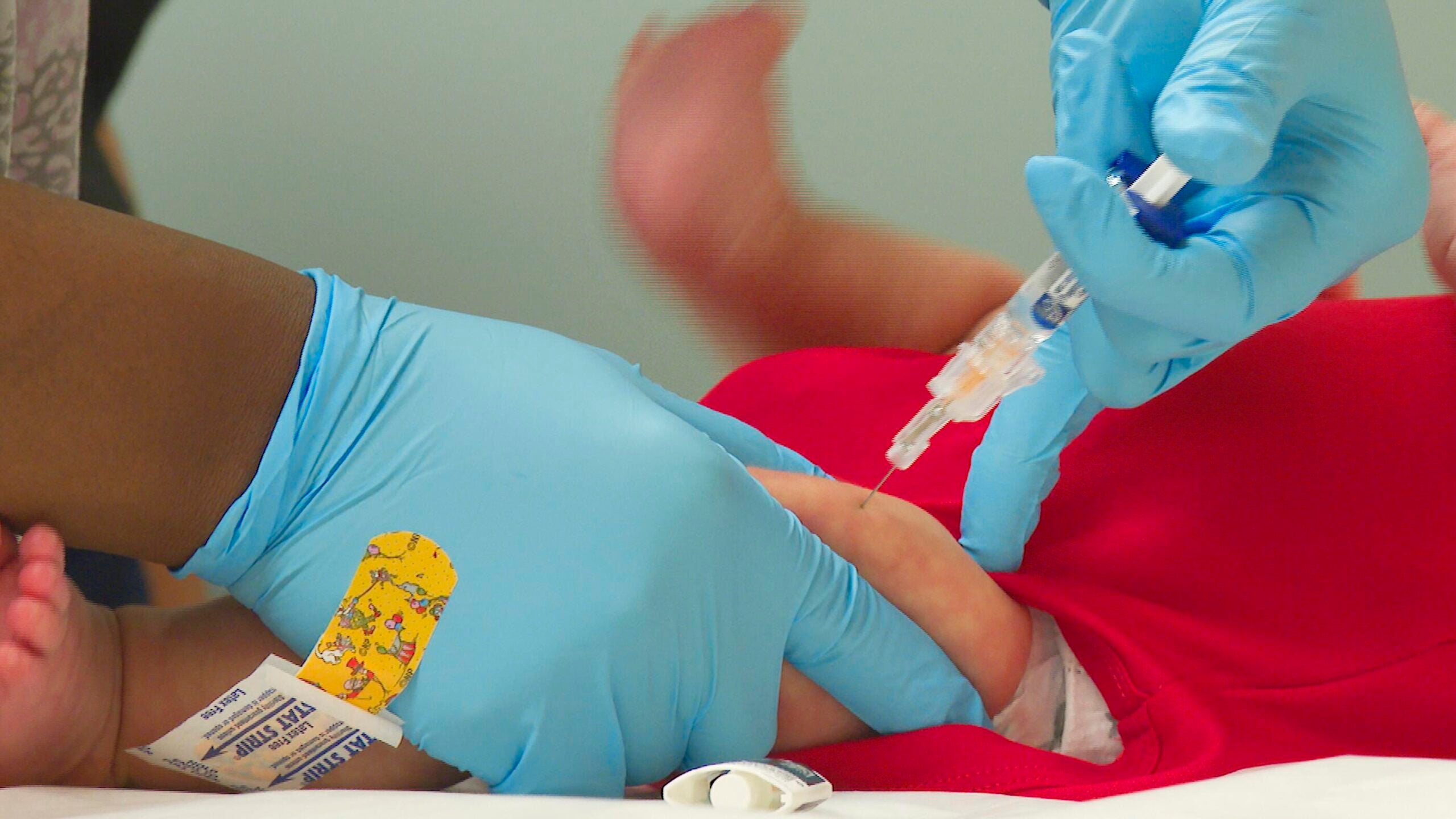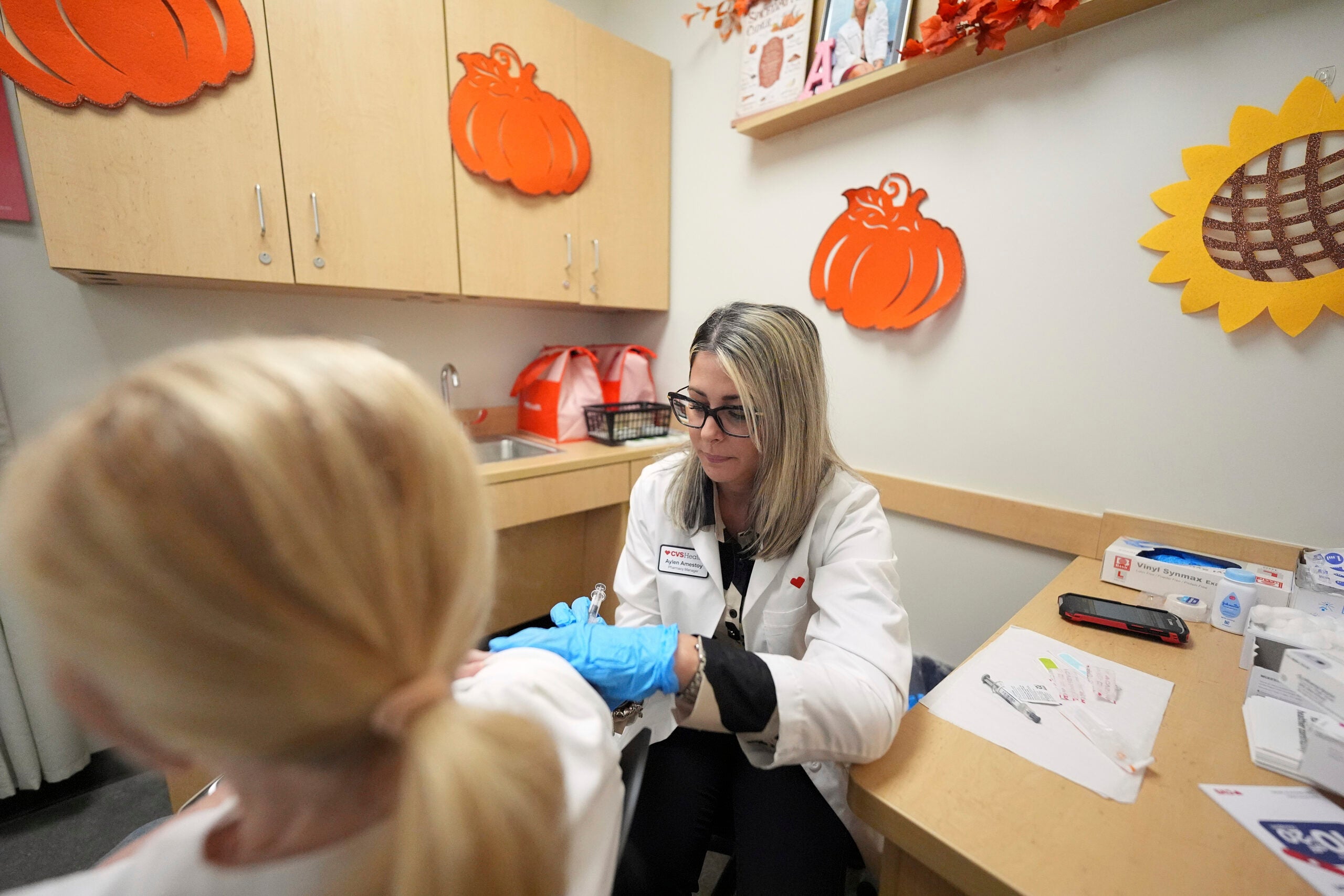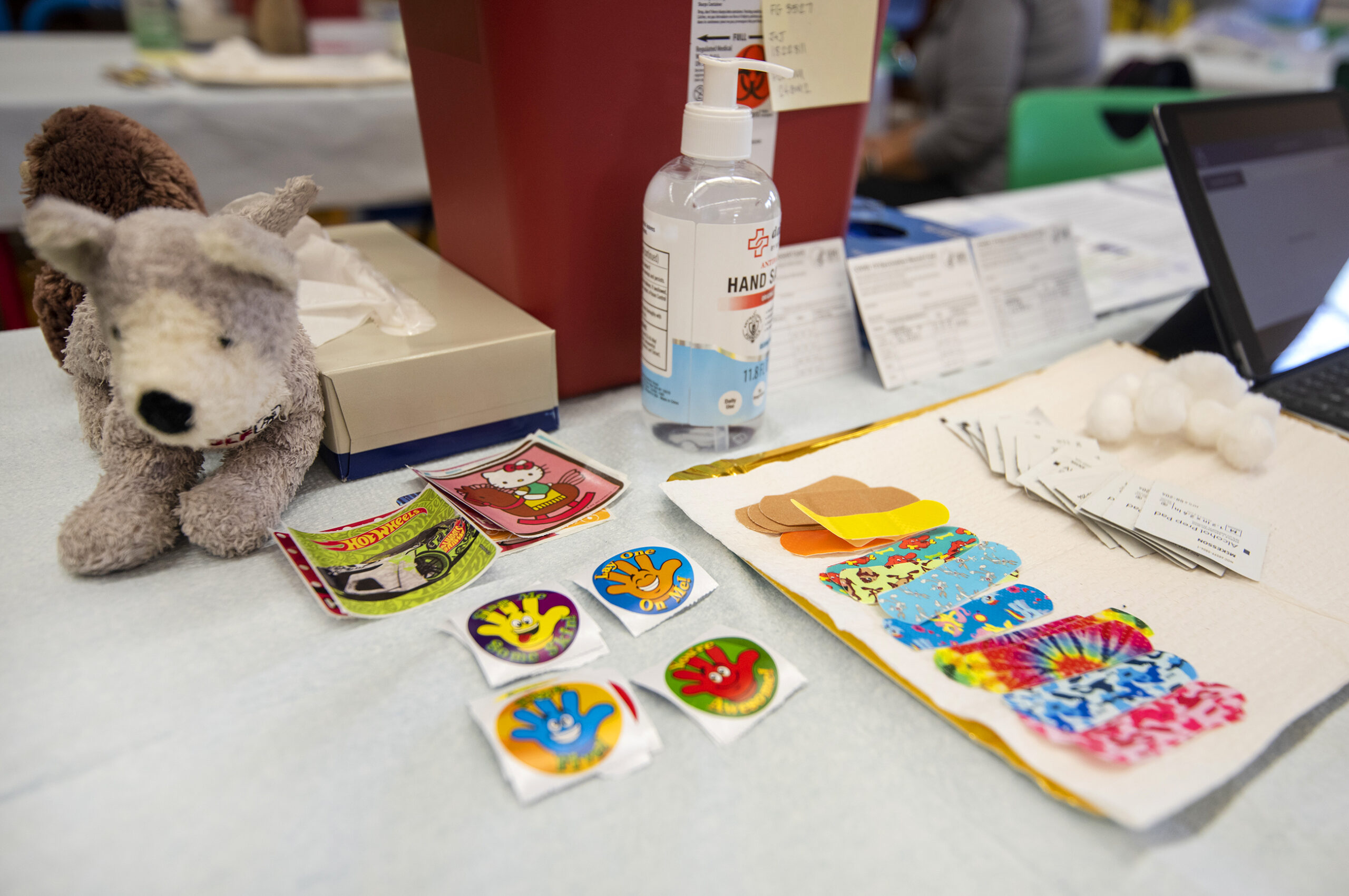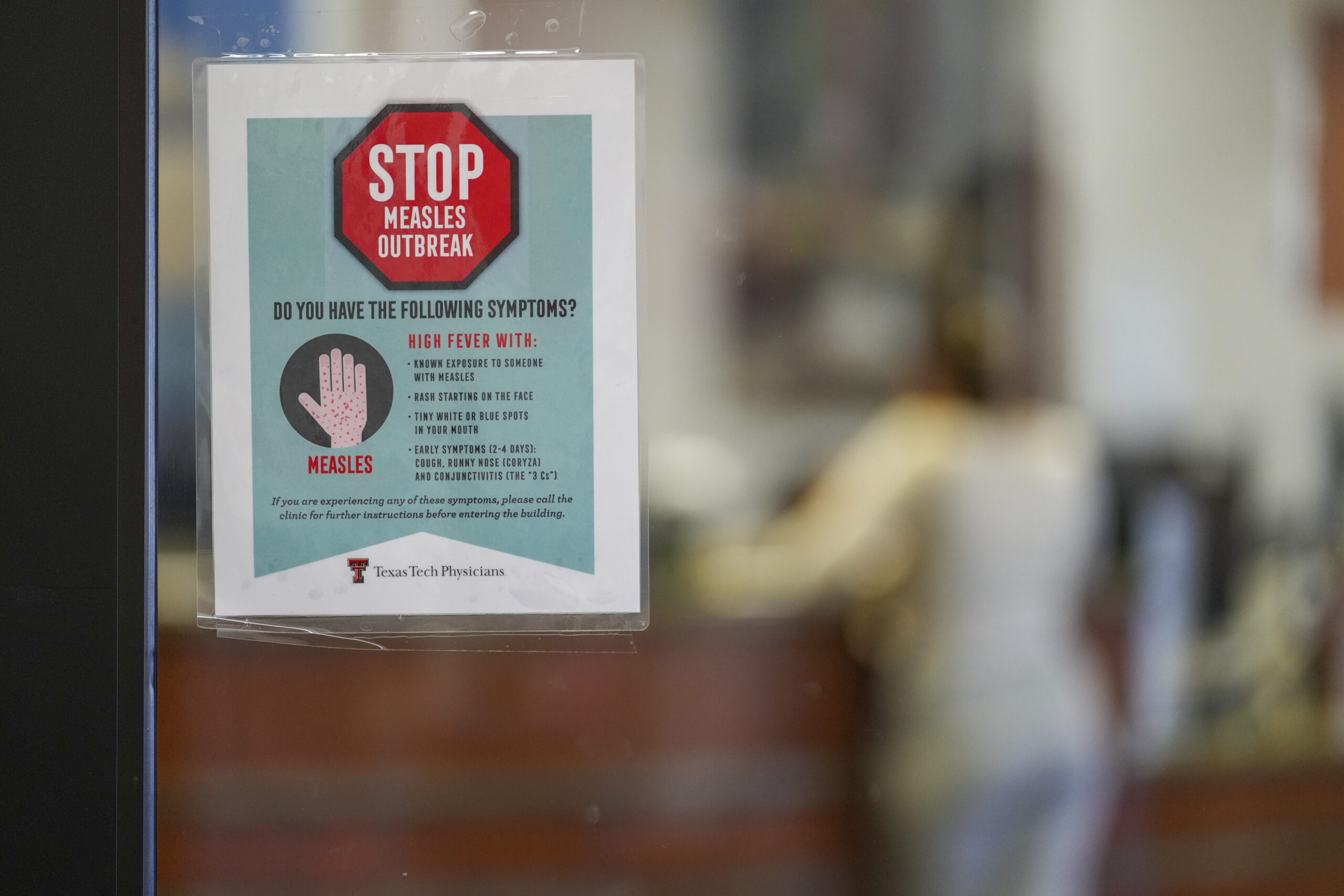Public health leaders hope positive news out of coronavirus vaccine trials will help persuade Wisconsinites to take preventive measures that they have so far resisted.
The day after Gov. Tony Evers gave a rare evening address calling on Wisconsinites to change their behavior to slow the spread of the disease, the state’s chief medical officer said he hopes people will shift their behavior when they understand that widespread vaccine distribution may well begin in coming months.
“There’s a light at the end of the tunnel. At least, I hope that there is,” said Dr. Ryan Westergaard during a Wednesday panel discussion hosted by Wisconsin Health News. “We might have a safe and effective vaccine that could prevent illness and prevent deaths among vulnerable people in the foreseeable future.”
News with a little more humanity
WPR’s “Wisconsin Today” newsletter keeps you connected to the state you love without feeling overwhelmed. No paywall. No agenda. No corporate filter.
So far, not enough people in Wisconsin have adopted public health measures like staying home, avoiding social gatherings and mask-wearing to prevent uncontrolled spread of the disease statewide. But Westergaard said he hopes the fact that an end to the pandemic is becoming more imaginable will make those measures seem achievable to more people.
“If we really buckle down and work harder for a specified amount of time, like the next 60 to 90 days — if people see that … things will get better, a hope is that people might internalize it,” Westergaard said. “It might seem more doable, and that might translate into behavior change.”
On Monday morning, the drug company Pfizer announced encouraging results from vaccine trials, saying the vaccine it is developing was more than 90 percent effective against the virus. Another vaccine developed by Moderna is expected to report similar positive trial results within days. Because the trial vaccines are already being mass-produced, health departments across Wisconsin are already developing plans to distribute vaccinations to millions of residents. Health experts say the process will take months, but that health workers and vulnerable populations could begin getting vaccinated by the end of this year or early in 2021.
Right now, though, Wisconsin’s COVID-19 spike remains among the worst in the nation. More people are hospitalized here than at any point in the pandemic, and nearly 2,500 Wisconsinites have died from the disease. And because the last two days have seen more than 7,000 new infections and the last week has seen record positivity rates and seven-day averages, it’s clear that Wisconsin’s surge has not abated.
The question of whether persistent increases in new cases, hospitalizations and deaths would lead people to change their behaviors has been on the minds of public health officials for weeks, as the crisis has deepened. So far, officials acknowledge, there are few signs that has happened.
Most people are wearing masks and avoiding gatherings, said Kirsten Johnson, director of the Washington Ozaukee County Health Department, during the panel discussion. But “we still have a large percentage of our population who aren’t wearing masks, who are continuing to gather with friends,” she said. “They’re having sleepovers. They’re having family gatherings. They had Halloween parties.”
In many places, small social gatherings have been found to be the primary driver of new infections. But as more people have personal connections to people who’ve gotten sick from the disease, Johnson said more people may make changes in their own lives.
“Early on, (public health) messages weren’t resonating with people because they didn’t know anyone who was positive,” Johnson said. “They didn’t know anyone who had become critically ill. It hadn’t impacted them personally. I think we’re reaching a point where almost everyone knows someone who’s become sick. A lot of people know someone who’s become critically ill. A lot of people know people who’ve become hospitalized. I’m hoping that will have an impact on people’s behavior.”
Wisconsin Public Radio, © Copyright 2025, Board of Regents of the University of Wisconsin System and Wisconsin Educational Communications Board.

